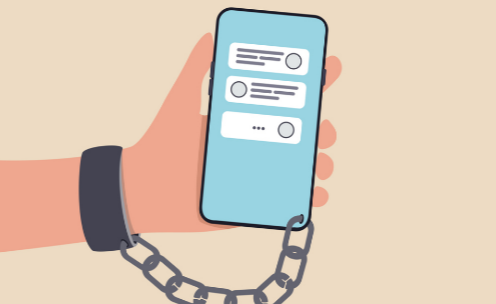Technology and Digital Addiction: What You Should Know

Technology and digital addiction has emerged as a pressing issue in modern society. Individuals often find themselves ensnared by screens, prioritizing online interactions over meaningful real-world connections. This shift can lead to detrimental effects on mental health and personal relationships. Understanding the underlying causes of this addiction is essential. What specific strategies can one employ to reclaim their time and foster healthier habits? The answers may reveal insightful pathways to balance.
Understanding Digital Addiction
How does one define digital addiction in an era dominated by screens and constant connectivity?
Digital addiction manifests through compulsive digital habits, where excessive screen time disrupts daily life, relationships, and well-being.
Individuals may find themselves prioritizing online interactions over real-life connections, leading to a cycle of dependency.
Understanding this phenomenon is crucial for fostering healthier relationships with technology and reclaiming personal freedom.
Causes of Technology Overuse
Technology overuse stems from a confluence of psychological, social, and environmental factors that create a fertile ground for compulsive behaviors.
Social media platforms exploit human connectivity, fostering a cycle of engagement that can lead to excessive use.
Additionally, gaming habits often intertwine with these platforms, providing immediate gratification and escapism, thus reinforcing the desire to remain digitally connected and engaged beyond healthy limits.
Effects on Mental Health and Relationships
While individuals may initially perceive technology as a tool for connection and entertainment, the pervasive overuse of digital devices often leads to significant adverse effects on mental health and interpersonal relationships.
Increased screen time correlates with social isolation and emotional detachment, fostering feelings of loneliness and disconnection. This dynamic can undermine genuine interactions, ultimately detracting from the quality of relationships and individual well-being.
Strategies for Maintaining a Healthy Balance
Recognizing the need for a healthier relationship with digital devices, individuals can implement various strategies to maintain balance in their lives.
Prioritizing mindful usage is essential; setting specific limits on screen time can foster awareness. Engaging in offline activities, establishing tech-free zones, and scheduling regular digital detoxes further support a balanced lifestyle, empowering individuals to reclaim their time and enhance overall well-being.
Conclusion
In an age where smartphones reign supreme, understanding digital addiction becomes paramount. The pervasive nature of technology can easily warp real-life connections, leading to emotional detachment. By recognizing the root causes and potential effects on mental health and relationships, individuals can implement mindful strategies to reclaim their time and well-being. Just as one would unplug a vintage radio to regain focus, so too must we learn to disconnect from our devices to foster genuine human connections and enhance overall quality of life.



